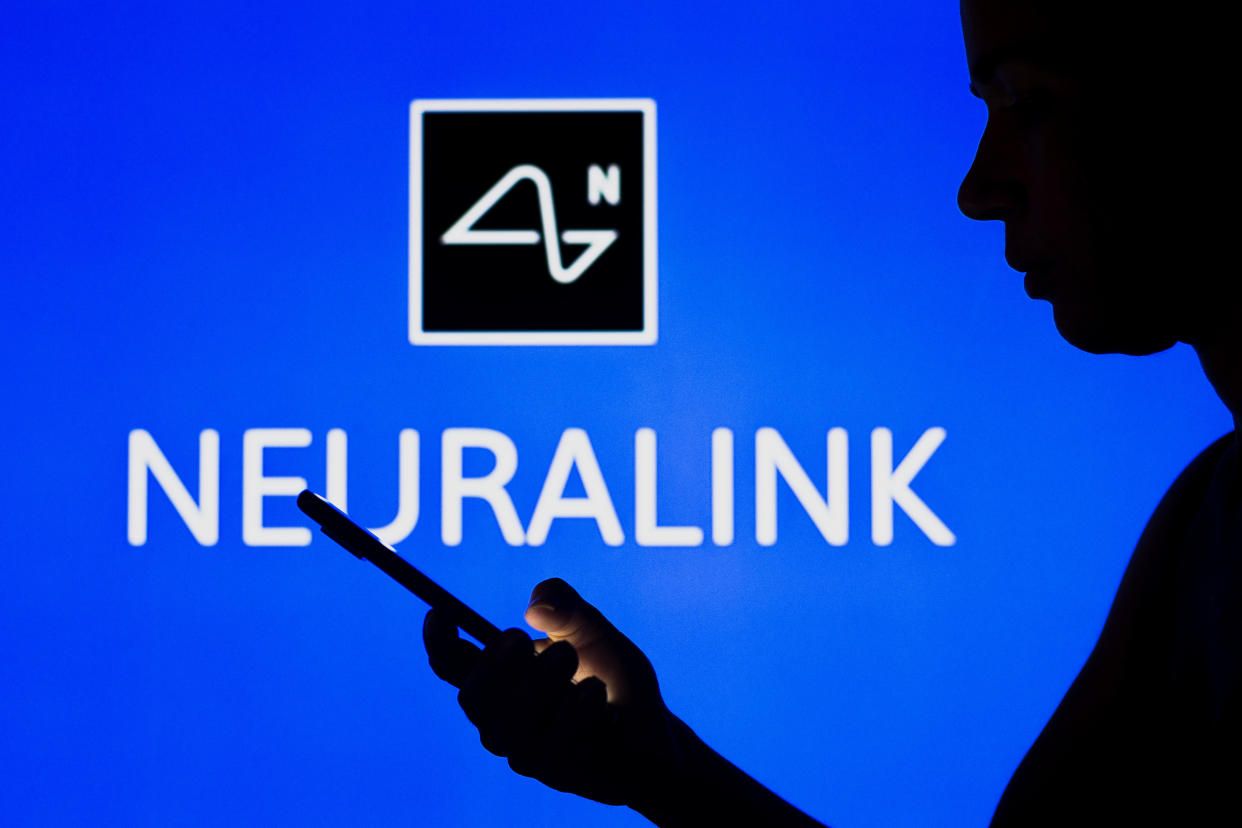Elon Musk claims his Neuralink brain implant ‘may cure tinnitus within five years’

Tesla CEO Elon Musk has claimed that his brain-computer interface company Neuralink may be able to cure tinnitus within five years.
The Space X billionaire tweeted that the brain implant would ‘definitely’ be able to cure tinnitus at some point, saying, “Might be less than 5 years away, as current version Neuralinks are semi-generalized neural read/write devices with around 1000 electrodes and tinnitus probably needs more than 1000.’
‘Future gen Neuralinks will increase electrode count by many orders of magnitude.’
Musk also claimed that Neuralink devices might be ready to go into human trials this year.
Read more: Elon Musk reveals what life will be like for first settlers on Mars
Scientists are more sceptical of the timeline, but say that the underlying science is not controversial.
Writing in The Conversation, David Tuffley, senior lecturer in applied ethics & cyberSecurity, Griffith University said: ‘Neural implants have been helping people since the early 1960s when the first cochlear implant was placed in a person with impaired hearing. There has been much progress in the 60 years since then.
Neuroscientists are broadly optimistic the device has potential to treat tinnitus. It may also be useful in treating obsessive compulsive disorder, repairing brain injuries, and treating conditions such as autism or degenerative diseases of the nervous system using deep brain stimulation.
Paul Nuyujukian, director of the Brain Interfacing Laboratory at Stanford University, said, "We are on the cusp of a complete paradigm shift. This type of technology has the potential to transform our treatments.
"Not just for stroke, paralysis, and motor degenerative disease, but also for pretty much every other type of brain disease.’
Space X billionaire Musk recently showed off a video demonstrating how Neuralink technology allowed a monkey to play videogames using its mind.
Neuralink, which launched in 2016, is centred on creating devices which can be implanted in the human brain.
The startup is working on flexible threads, thinner than human hair, designed to be implanted into the brain to ‘“read” brain activity.
In a Twitter conversation following Neuralink’s most recent video, Musk was asked by a man who had been paralysed in a car accident how soon the technology was likely to be available.
Musk replied: "Neuralink is working super hard to ensure implant safety & is in close communication with the FDA (Food and Drug Administration)."
Musk has made similarly ambitious statements in the past about the technology, which some hope could treat Alzheimer's and Parkinson's, having said that he would be testing on humans in 2020 in 2019.
Read more: Why economists worry that reversing climate change is hopeless
Neuralink “ultra high bandwidth brain-machine interfaces” are built to transmit brain impulses to machines, with an end goal, Musk has said, of allowing humans to “merge” with artificial intelligence (AI).
Last year, the company revealed that it would be using a surgical robot to implant thin thread-like wires into a user’s brain, connected to an external processing unit.
The company hopes to make the connection wireless.
It would link up to an app, allowing users to control a mobile device, or a mouse and keyboard on a computer.
The company has already performed successful tests of the technology on mice.
Last year, replying to a question from a Twitter user, Musk said that the technology could one day be used to stream music directly into users’ brains.
Musk said that the technology “would solve a lot of brain/spine injuries & is ultimately essential for AI symbiosis”.
Musk has previously said: “Over time I think we will probably see a closer merger of biological intelligence and digital intelligence.
“It’s mostly about the bandwidth, the speed of the connection between your brain and the digital version of yourself, particularly output.”
Watch: Twitter adopts 'poison pill' to thwart Musk bid


